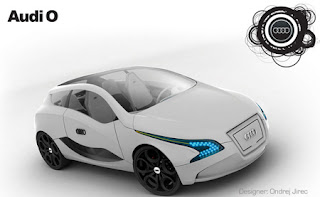Automobile Emissions:The Combustion Process
The Combustion Process
Gasoline and diesel fuels are mixtures of hydrocarbons, compounds which contain
hydrogen and carbon atoms. In a “perfect” engine, oxygen in the air would
convert all the hydrogen in the fuel to water and all the carbon in the fuel to
carbon dioxide. Nitrogen in the air would remain unaffected. In reality, the
combustion process cannot be “perfect,” and automotive engines emit several
types of pollutants.
hydrogen and carbon atoms. In a “perfect” engine, oxygen in the air would
convert all the hydrogen in the fuel to water and all the carbon in the fuel to
carbon dioxide. Nitrogen in the air would remain unaffected. In reality, the
combustion process cannot be “perfect,” and automotive engines emit several
types of pollutants.
“Perfect” Combustion
FUEL (hydrocarbons) + AIR (oxygen and nitrogen)
CARBON DIOXIDE + water + unaffected nitrogen
Typical Engine Combustion
FUEL + AIR UNBURNED HYDROCARBONS + NITROGEN OXIDES
+ CARBON MONOXIDE + CARBON DIOXIDE + water
FUEL (hydrocarbons) + AIR (oxygen and nitrogen)
CARBON DIOXIDE + water + unaffected nitrogen
Typical Engine Combustion
FUEL + AIR UNBURNED HYDROCARBONS + NITROGEN OXIDES
+ CARBON MONOXIDE + CARBON DIOXIDE + water



Comments
Post a Comment